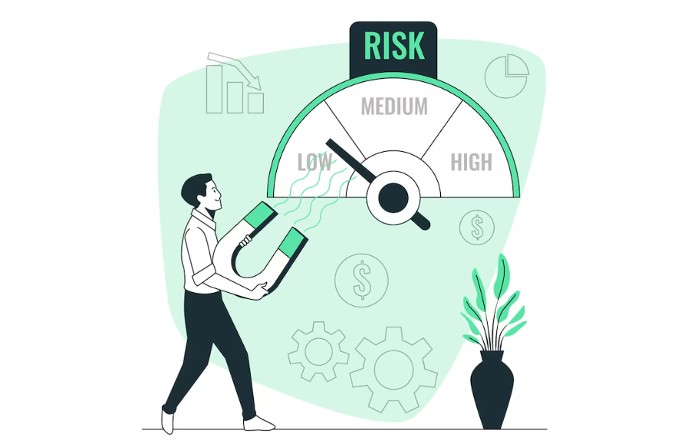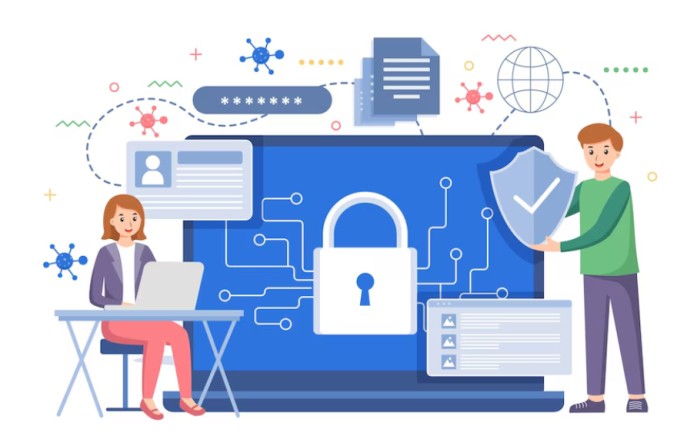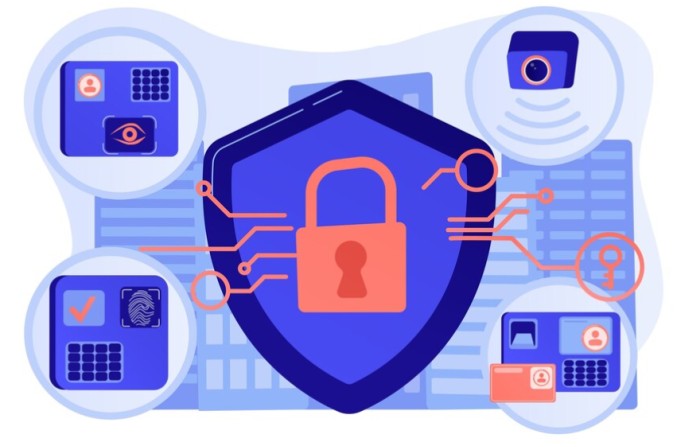

In today's interconnected world, businesses rely heavily on third-party vendors for various services and goods. While these partnerships offer numerous benefits, they also introduce potential security risks, it is very important to implement a robust Third-party Risk Management program within our business. The Third-Party Assessment process will play a crucial in fortifying Disney Star's Cybersecurity program by identifying, assessing, and mitigating risks associated with third-party vendors.

Businesses depend on third-party services, but these partnerships come with risks like cybersecurity threats, operational disruptions, compliance issues, and financial risks.
Third-Party Risk Management (TPRM) identifies and addresses these risks, protecting businesses from unforeseen consequences.
Many industries have regulations requiring organizations to manage third-party risks.
TPMR helps ensure compliance with these regulations and avoid potential legal and financial penalties.


By identifying potential disruptions from third-party issues, you can develop contingency plans and mitigate their impact on your operations.
This ensures smoother business continuity and minimizes potential downtime.
If a third party experiences a security breach or ethical violation, it can damage your reputation by association.
Proactive TPRM demonstrates your commitment to responsible business practices and builds trust with customers and stakeholders.


By understanding your third parties' security practices and data handling procedures, you can ensure they meet your standards and protect sensitive information.
This helps prevent data breaches and other security incidents.

This focuses on assessing a third party's ability to safeguard sensitive data they access or process on your behalf. This includes evaluating their:
Reference: NIST-Cryptography, ISO 27001 Annex A.10, Annex A.9, Annex A.16
This evaluates the security posture of the third party's systems and networks to ensure they are not vulnerable to unauthorized access or attacks. This involves assessing:
Reference: NIST-Firewall, ISO 27001 Annex A.5, Annex A.9, Annex A.6, Annex A.13


This domain focuses on ensuring the third party has proper controls in place to manage user identities and access privileges to systems and data. This involves assessing:
Reference: NIST-Identity and access management
This domain assesses the security of any applications or software used by the third party that interact with your systems or data. This involves:
Reference: NIST-Secure system and application, ISO 27001 Annex A.12


This evaluates the physical security measures in place at the third party's facilities to protect sensitive information and resources. This involves:
Reference: NIST-Physical security, ISO 27001 Annex A.11
Evaluate the security posture of the third party's suppliers and vendors, considering potential vulnerabilities that could impact the organization. This involves:
Reference: NIST-Supply chain risk management, ISO 27001 Annex A.15


Assess the security controls of any cloud services used by the third party that store or process your data. This involves:
Reference: NIST-Cloud security
Consider the risk of malicious activity by authorized users within the third-party organization. This includes:
Reference: NIST-Insider threat
